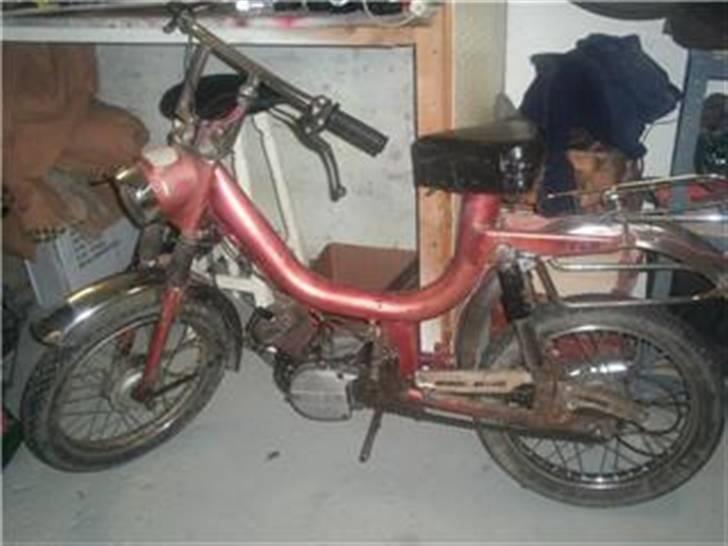

Her ship’s company started painting her grey. On the 3rd September 1939 she was berthed at Lyttelton when Great Britain and France declared war with Germany and the Second World War started. On the 3rd August she departed London on her next voyage. The next day on the 25th April 1939, she departed from Wellington for Sydney and her return leg to the UK.

On the 24th April 1939 she collided with the 746 ton crane Hikitia in Wellington. On the 11th March 1939 she arrived at Fremantle and set a new record for the “Cape” route. In Australia she visited Fremantle, Melbourne and Sydney and then in New Zealand she went to Auckland and Wellington and even made a short call at the roadstead off Napier, where she became the largest ship to have worked the port and visitors had to be hoisted on board. The ship was opened to the public and because of the thousands of visitors her departure was delayed for 12 hours. Despite the fact that the Shaw Savill offices in London had received a call claiming that the IRA had placed a bomb on board timed to go off when the ship was on the equator, she made a fast passage to Durban, arriving on a Sunday with thousands of people to welcome her. The service was promoted as “The Clipper Route,” with fares commencing with £58. Hartman was in command), she commenced her seven week maiden voyage from the King George V Dock in London to Wellington New Zealand via Southampton, (where passengers boarded), Tenerife, Cape Town, Durban, Fremantle (arriving on the 11th March 1939, having set a new record for the ‘Cape’ route), Melbourne and Sydney. Summers (although another source states that Captain W. On the 17th February 1939, in the command of Captain W. The Prewar Shaw Savill Era (1939 – 1940): She unloaded cargo at Aotea Quay and then moved to Glasgow Wharf for loading frozen cargo and picking up passengers for the return voyage, stopping at the same ports of call as outward. Here she stayed another month unloading and loading cargo. From there it was a voyage of 35 days to Wellington, New Zealand via Las Palmas (to bunker fuel), Cape Town, Fremantle, Melbourne, Sydney and then Wellington. On leaving London the first port of all was Southampton to pick up passengers. On her voyages she would normally spent a month in London at the end of each voyage unloading and loading cargo at the Royal Albert Docks. Late in January 1939, she had her sea trials off St Abbs Head, after which she was delivered to Shaw Savill. The Dominion Monarch was the largest ship built on the River Tyne since the famous RMS Mauretania in 1906. on the 27th July 1938, by Lady Essendon, the wife of the Chairman of Furness Withy and Company Ltd. The Dominion Monarch was launched at 3.30 p.m.

It was laid in the same berth that the RMS Mauretania had been built in back in 1906. Her keel was laid in July 1937 at the Swan Hunters Ltd, Wallsend on Tyne, Newcastle upon Tyne, England, UK. To this day, Dominion Monarch remains the largest (all first class) cargo passenger liner ever to be built. She was an unusual ship as her design was that of a large passenger-cargo liner, with a relatively small passenger complement considering her size. Dominion Monarch with 525 passengers, combined with her crew passenger ratio, offered a service that is unequalled to this day. Shaw Savill already had a great deal of experience in operating all first class only passenger services and was able to assure their guests a unique luxury voyage.
Monark seattle full#
At the time of her introduction she was also the most powerful motor liner in the world.Īt the time of her building, the QSMV (Quadruple Screw Motor Vessel) Dominion Monarch was the most powerful motor liner in the world and the largest ship operating full time on the Australasian trade. Cruise History: The Dominion Monarch was a luxurious all first class passenger-cargo liner and the largest of her type ever built.


 0 kommentar(er)
0 kommentar(er)
